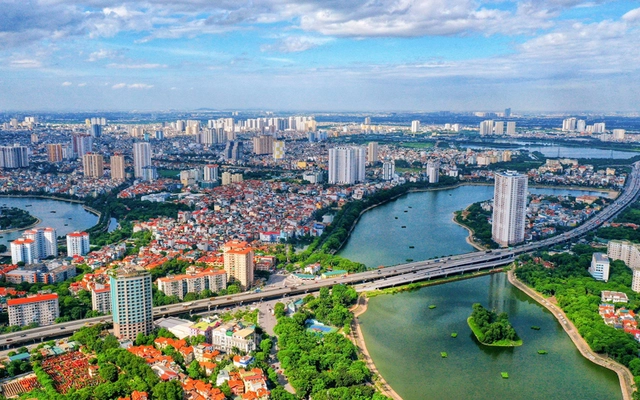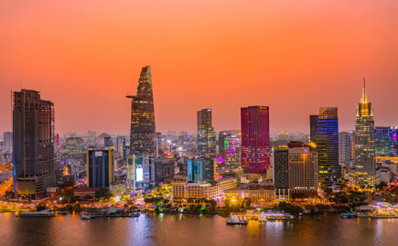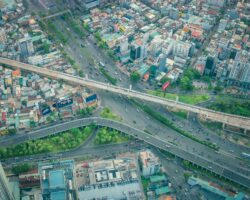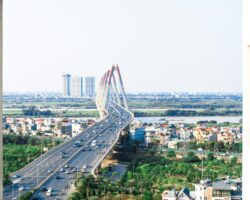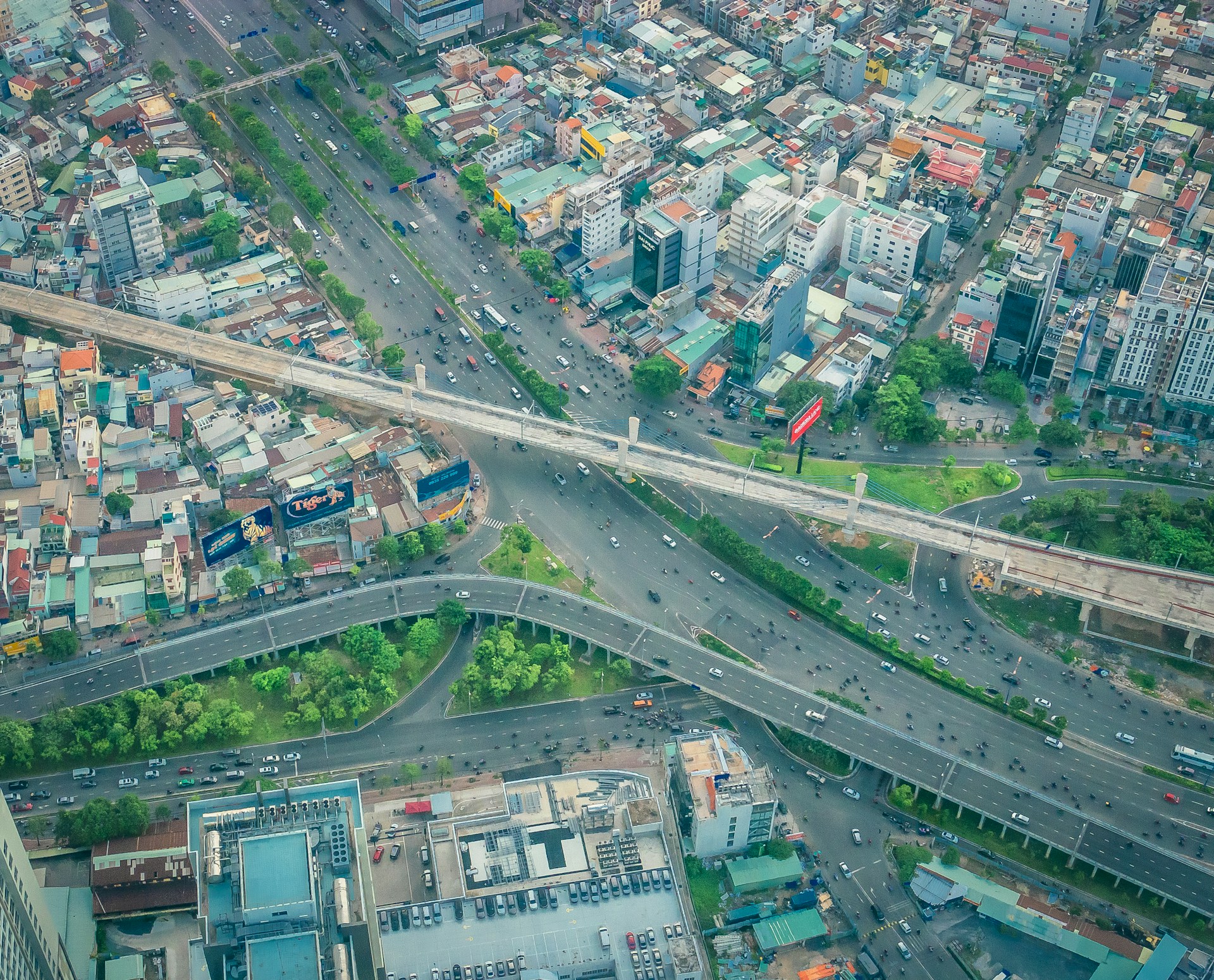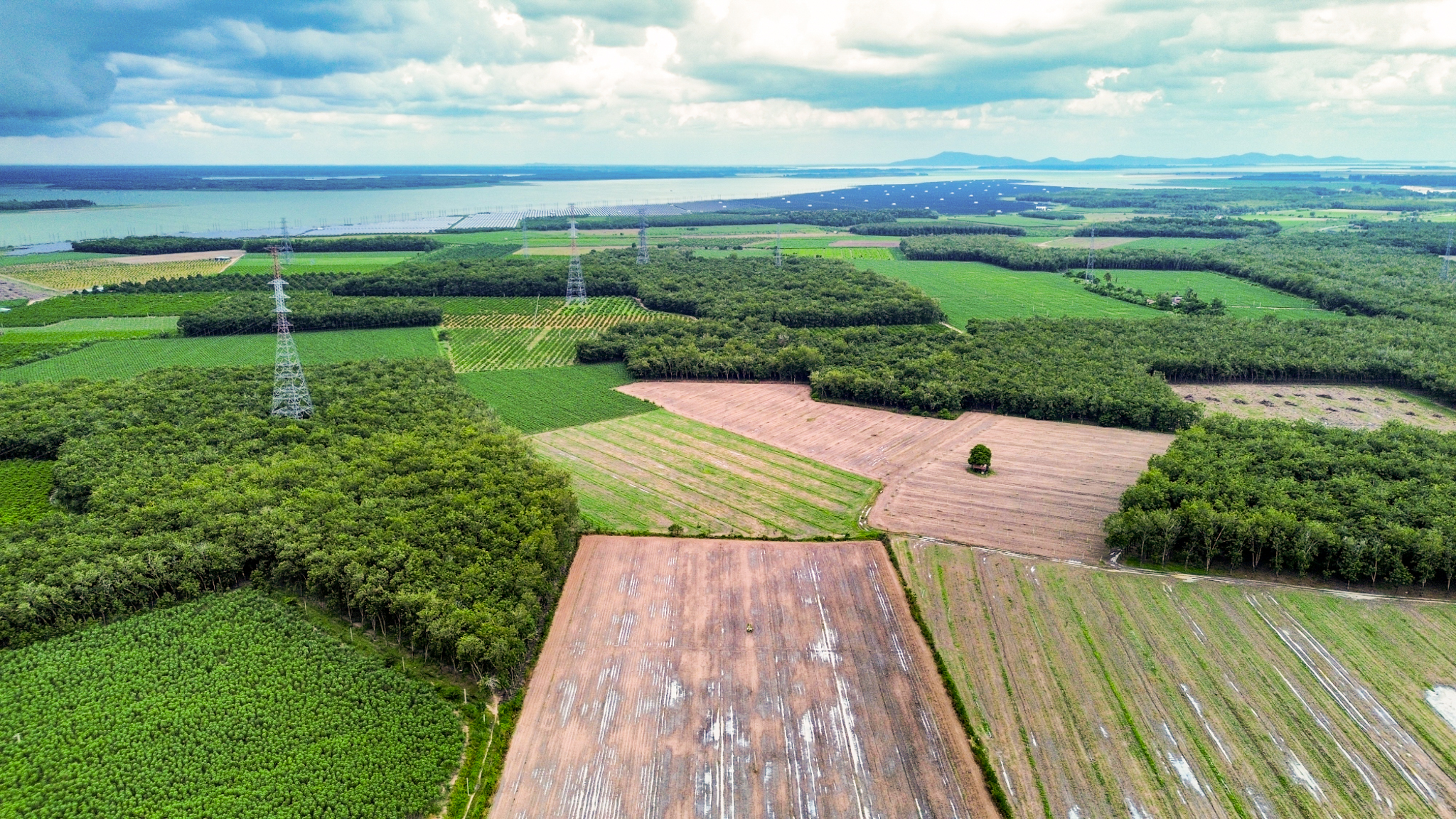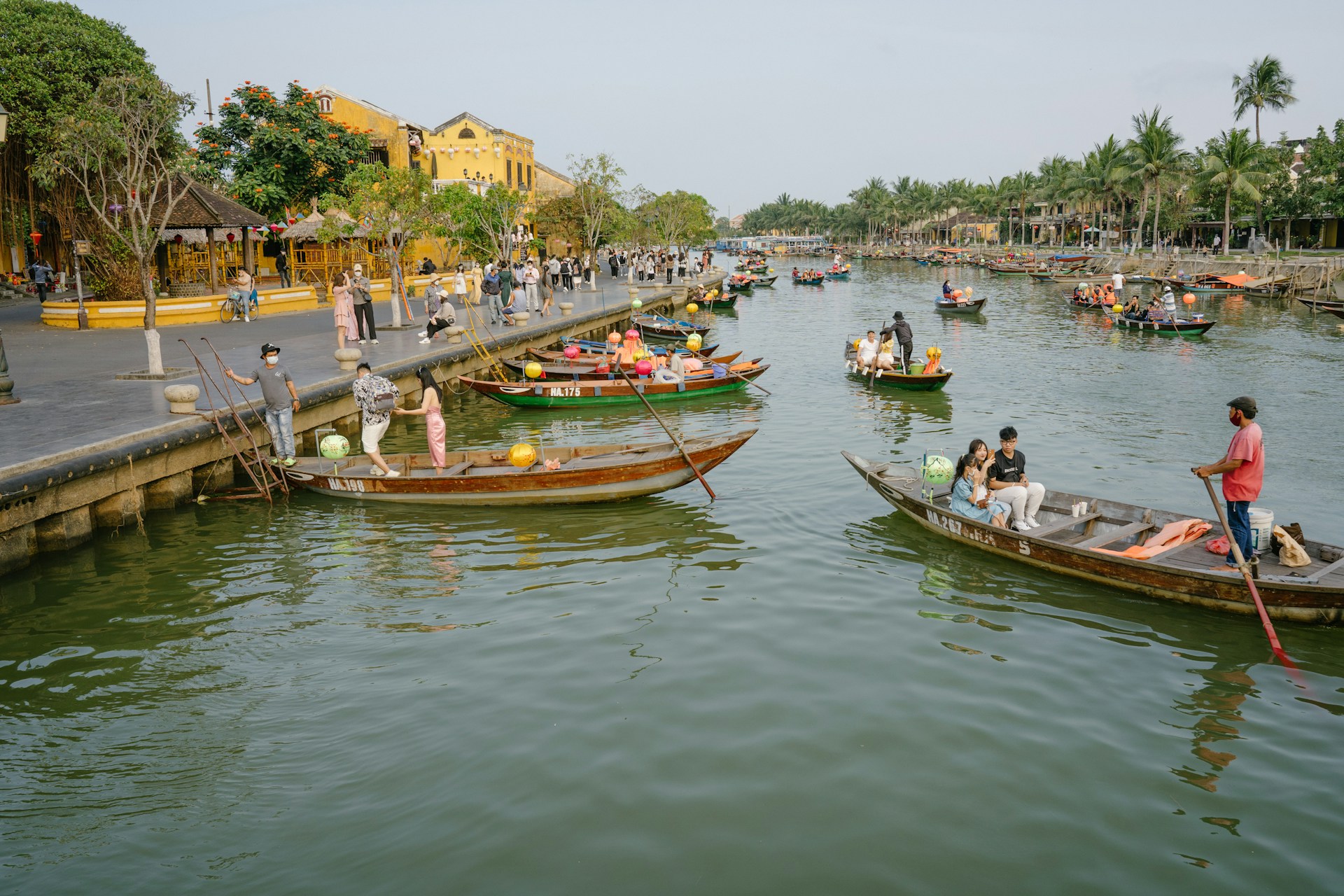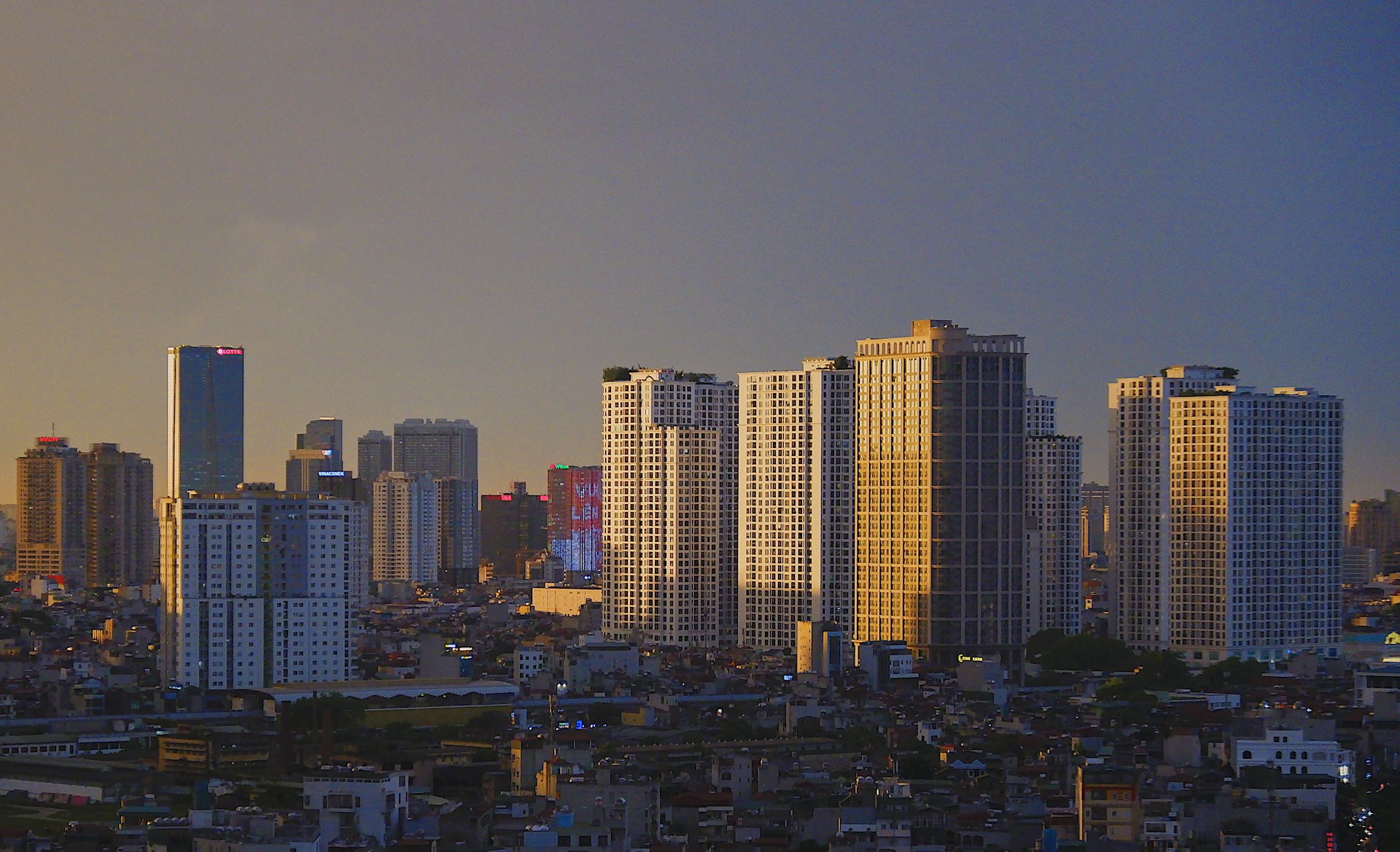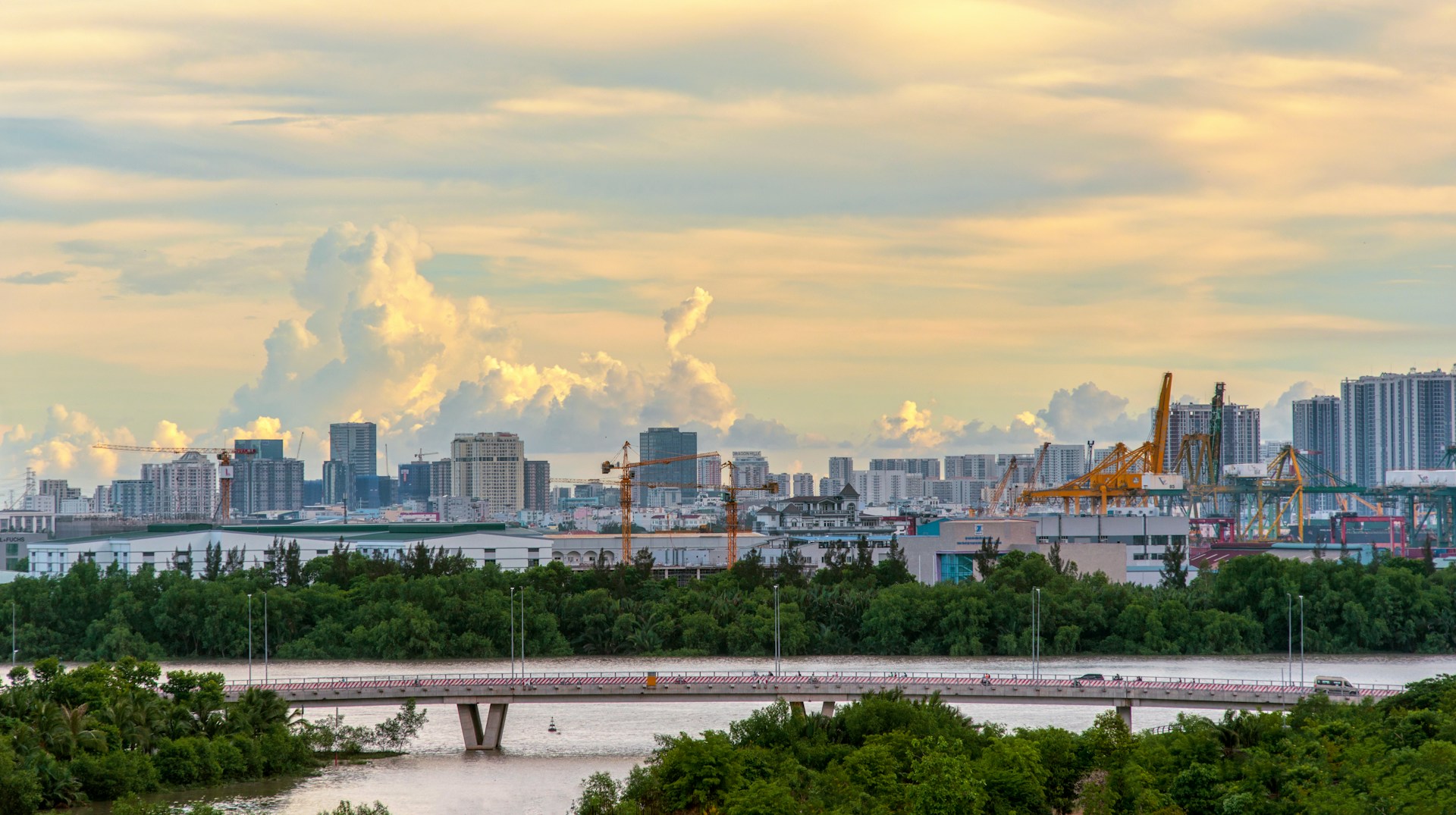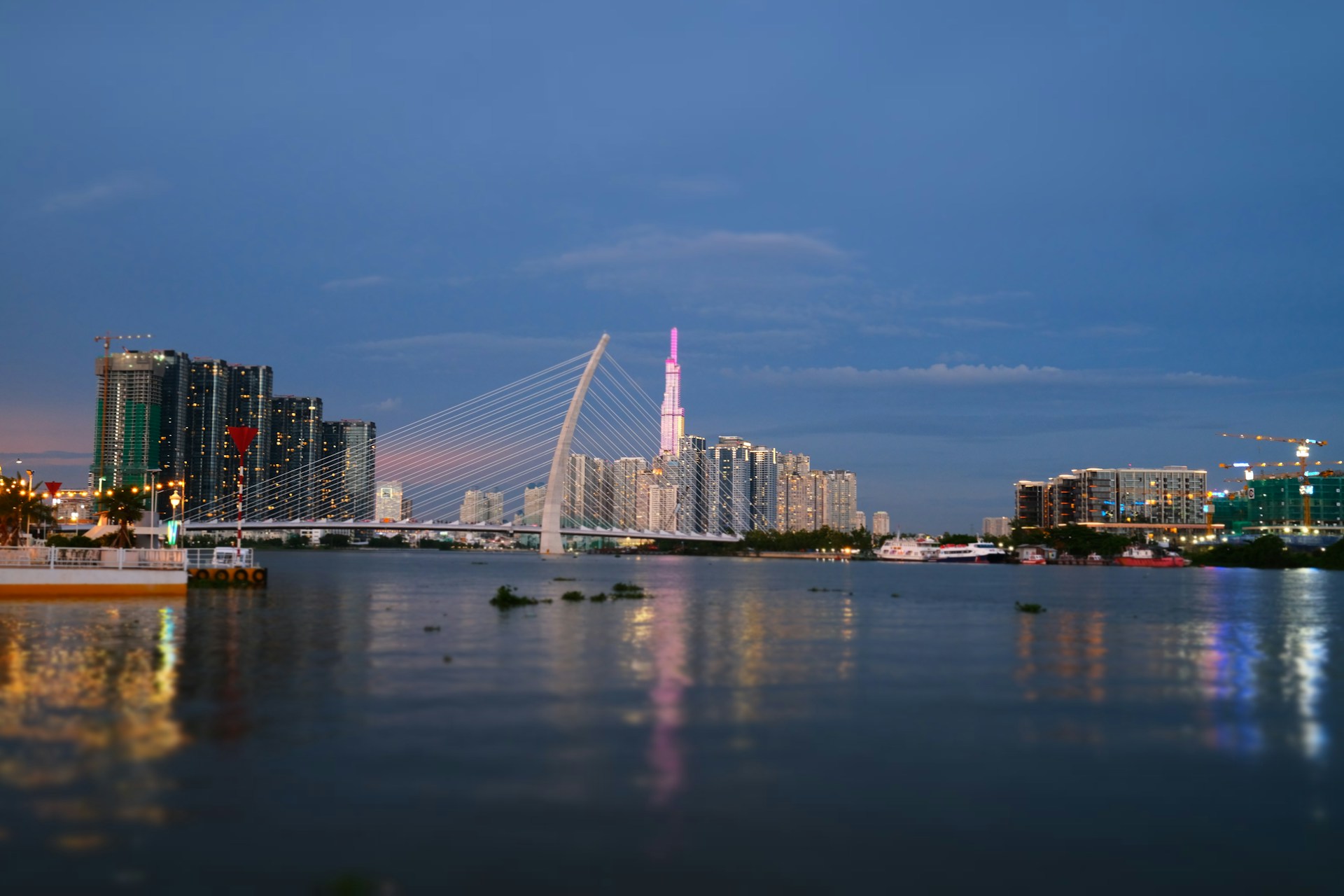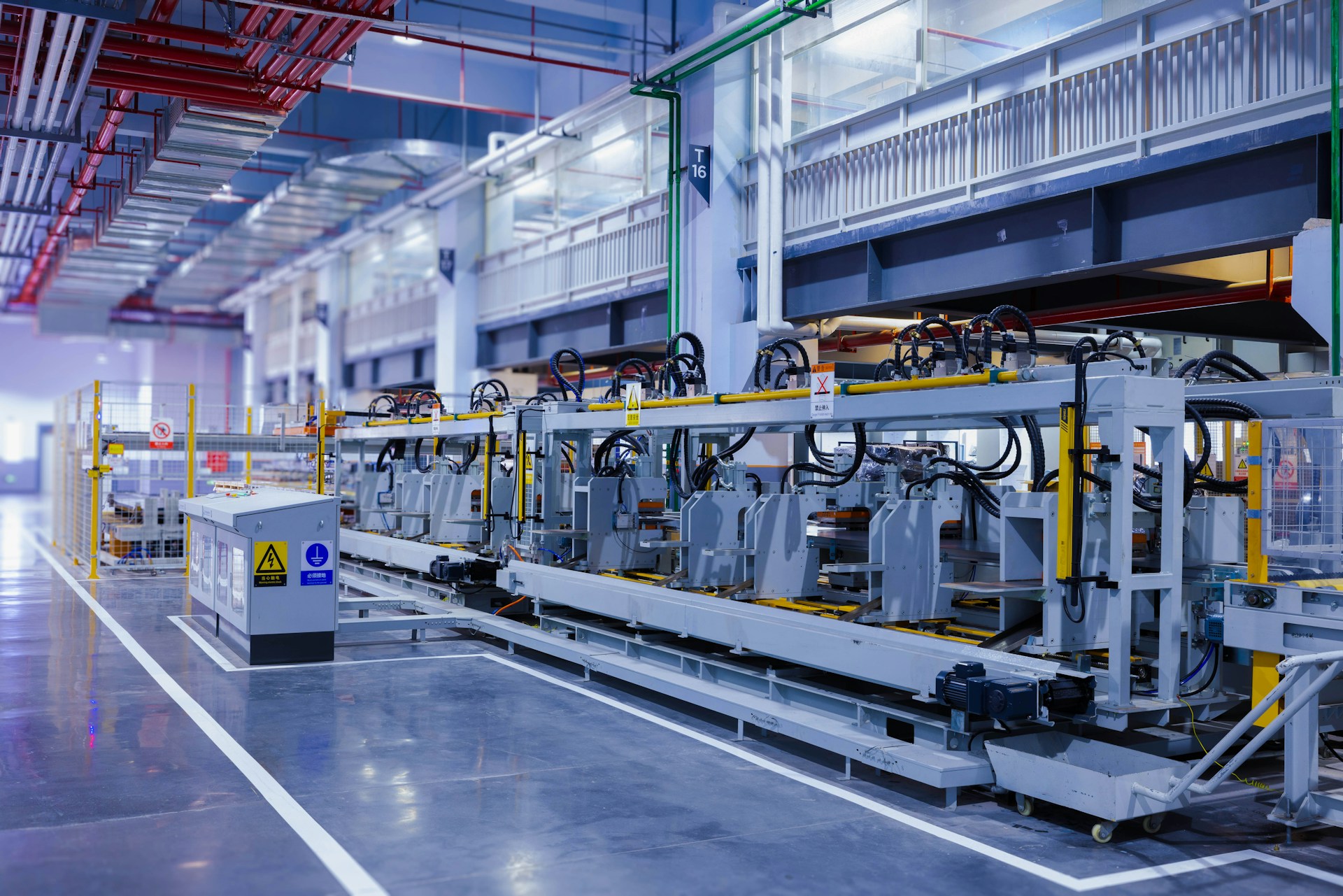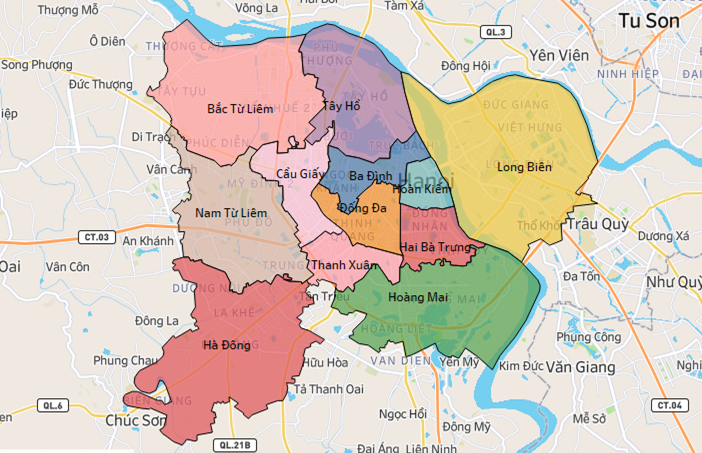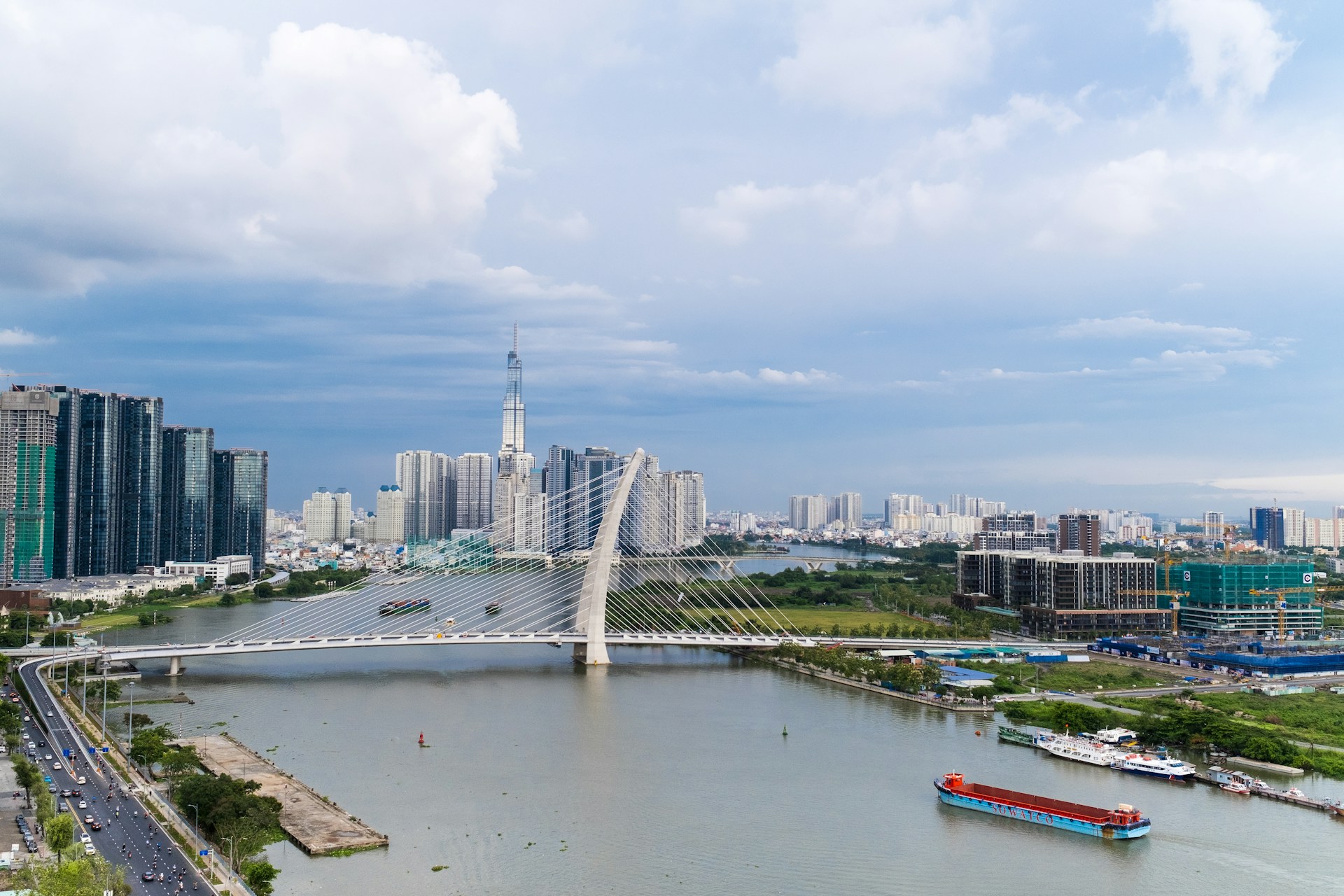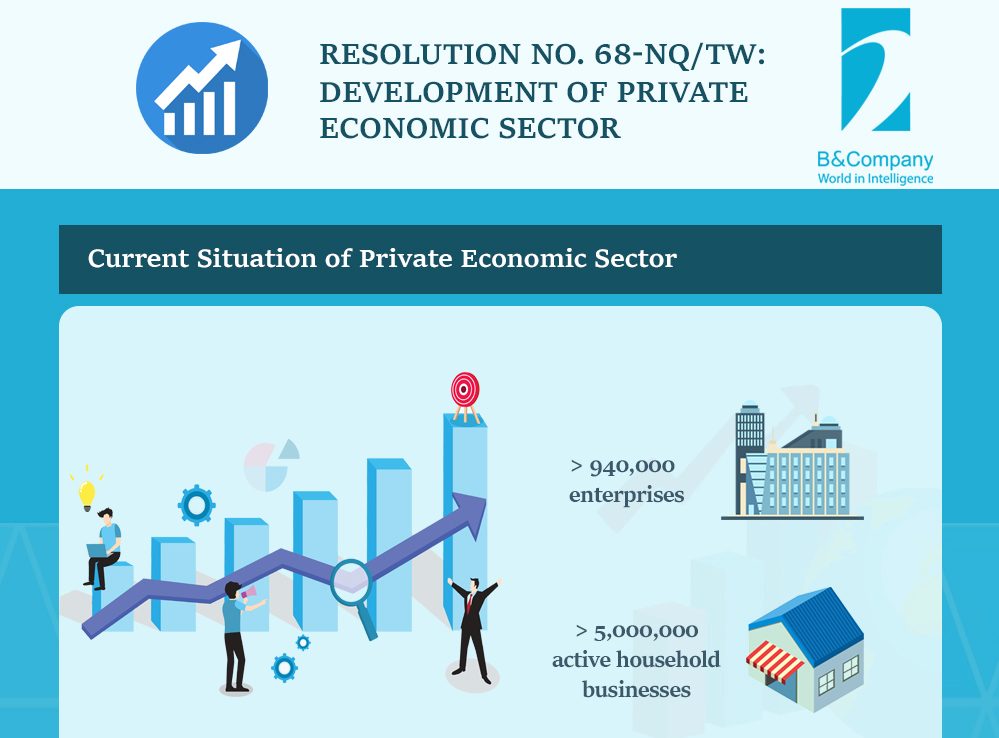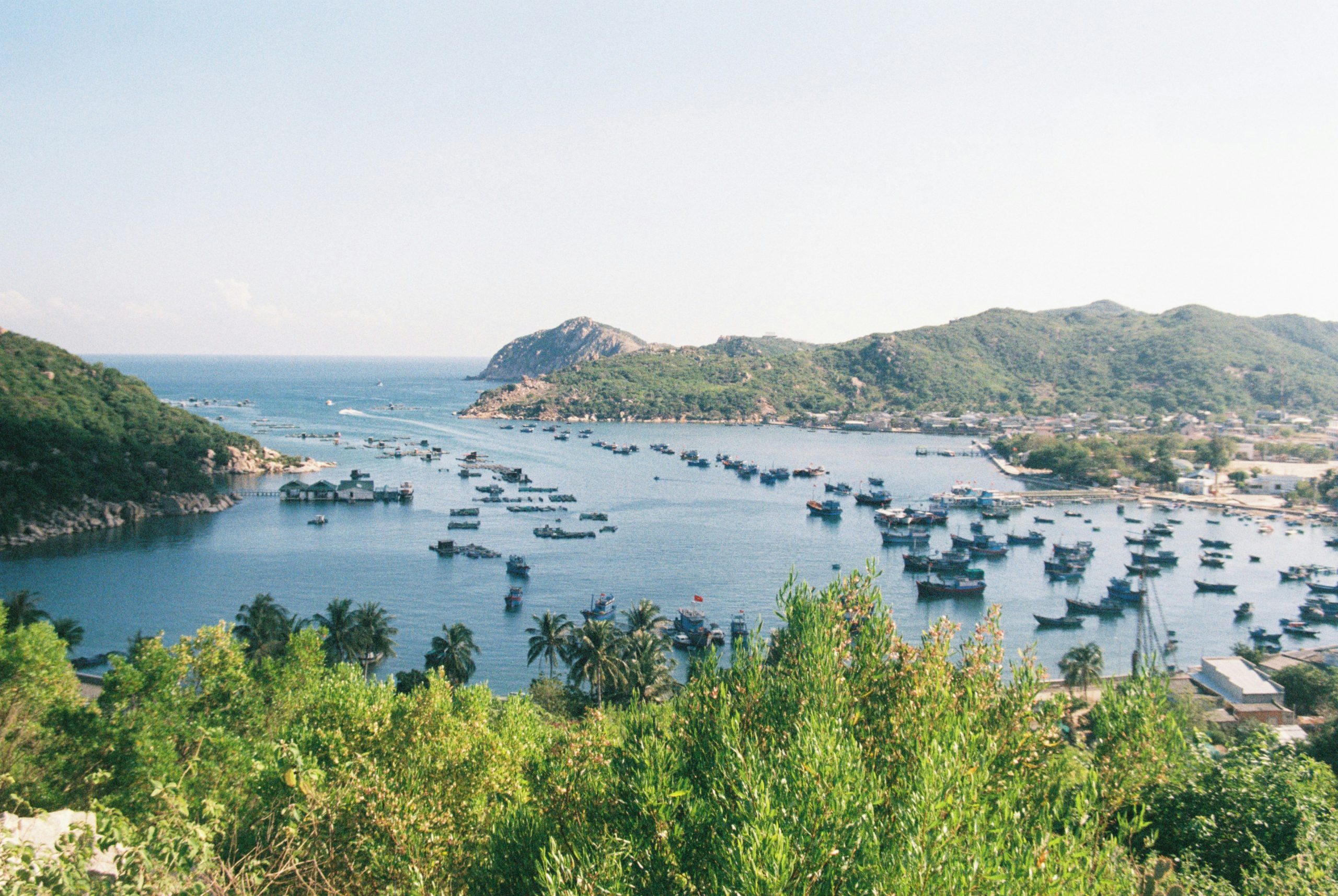Hanoi, Ho Chi Minh City (HCMC), and Da Nang stand as Vietnam’s most influential urban centers, each embodying unique strengths that shape the nation’s development. Hanoi serves as the political and cultural heart of Vietnam, blending tradition with modern governance. Ho Chi Minh City, the economic powerhouse, drives industrial growth and international trade with its dynamic business environment. Meanwhile, Da Nang, a rising star in central Vietnam, thrives on tourism, innovation, and a livable urban model.
Introduction of Ha Noi, Ho Chi Minh City and Da Nang
Hanoi, the capital of Vietnam, represents the northern region of the country and holds a significant place as the political, cultural, and historical heart of the nation. Strategically located near the Red River Delta and close to the Chinese border, Hanoi has long been a gateway for diplomatic relations and trade with northern neighbors. The city benefits from an extensive network of highways, including the Hanoi-Lao Cai and Hanoi-Hai Phong Expressways. The city’s Noi Bai International Airport, one of Vietnam’s busiest, handled nearly 30 million passengers in 2023[1].
Ha Noi city- the capital of Vietnam
Source: Cafef
Da Nang, positioned in Central Vietnam, serves as a key connection between the North and South. Situated on the coast along the East Sea, Da Nang has rapidly transformed from a historical port city into a modern economic and tourism hub. The city’s International Airport caters to approximately 13 million passengers annually[2], while the Tien Sa Port supports regional logistics and trade. In recent years, Da Nang has embraced smart city initiatives and green urban development, positioning itself as a model of sustainability and livability[3].
Da Nang city- the commercial center of Central Vietnam
Source: Vnexpress
On the other hand, HCMC, is the economic powerhouse of Vietnam and the largest city in the southern region. Located near the Mekong Delta and the East Sea, HCMC is Vietnam’s main hub for commerce, manufacturing, and international trade. HCMC boasts the Tan Son Nhat International Airport, serving more than 36 million passengers annually[4]. The city is also home to the Saigon Port, a vital trade hub that has an annual cargo throughput of over 10 million tons[5].
Ho Chi Minh city – the most populous city in Vietnam
Source: Vietnam National Authority of Tourism
A Comparative Look at Social and Environmental Characteristics
The population of Hanoi and Ho Chi Minh is quite similar at about 9 million people, much larger than Da Nang’s population of about 1 million in 2023. However, when considering the rate of urbanization, Da Nang is the leading city in Vietnam with the rate of 88%, while the figures in Ho Chi Minh and Hanoi are lower at 78% and 49%, respectively[6].
As Ha Noi, Da Nang, and Ho Chi Minh are the 3 leading cities in the country representing the regions of North, Central, and South of Vietnam, the average monthly income in the 3 cities has increasingly improved and reached 271 USD, 256 USD and 245 USD, correspondingly in 2023. This figure is much higher when comparing with the average month income in Vietnam of about 195 USD in 2023[7].
Social and employment comparison in 2023
| Ha Noi | Da Nang | Ho Chi Minh | |
| Population (million people) | 8.6 | 1.2 | 9.5 |
| Urbanization Rate (%) | 49 | 88 | 78 |
| Average Monthly Income (USD)[8] | 271 | 245 | 256 |
| Number of Employed (million people) | 4.0 | 0.6 | 4.7 |
| Unemployment rate (%) | 2 | 4 | 2 |
Source: General Statistics Office of Vietnam
Economics Landscape of Hanoi, Ho Chi Minh City and Da Nang
In 2023, Ha Noi led the country in terms of economic output, with a GRDP of 69 billion USD, contributing to 16% of national GDP[9]. This is closely followed by Ho Chi Minh City, with a GRDP of 65 billion USD, exceeding 15% of Vietnam’s total GDP[10]. GRDP of Da Nang is much lower compared with Ha Noi and Ho Chi Minh with a value of 5 billion USD.
In terms of economic structure Hanoi, Da Nang and Ho Chi Minh city share a similar profile, with the services sector as the dominant force in their economies for about 65%, followed by industry sector with about 20%. Agriculture, however, remains a minimal contributor in both cities, at just 2% for Hanoi and close to 0% for HCMC.
Economic comparison in 2023
| Hanoi | Da Nang | Ho Chi Minh | |
| GRDP (billion USD) | 69 | 5 | 65 |
| GRDP per capita (USD) | 5,640 | 4,080 | 6,360 |
| Number of Active Enterprises | 192,197 | 25,797 | 273,071 |
| Economic Structure (%) | Services: 64
Industry: 24 Agricultural: 2 Taxes: 10 |
Services: 70
Industry: 19 Agricultural: 2 Taxes: 9 |
Services: 65
Industry: 22 Agricultural: 0 Taxes: 13 |
Source: General Statistics Office of Vietnam
Investment Dynamics: FDI in Hanoi, Da Nang and Ho Chi Minh City
In 2023, Hanoi experienced a remarkable surge in Foreign Direct Investment (FDI), attracting over 3 billion USD, a 300% increase compared to 2022. This growth pushed the accumulation FDI capital in the city to over 41 billion USD[11]. Notably, Japan played a significant role in this growth, contributing 60% of the total registered capital that including electronics manufacturing, machinery, and automotive components[12].
Similarly, Ho Chi Minh City, the economic powerhouse of Vietnam, saw its FDI inflows nearly double in 2023, reaching 6 billion USD[13]. This surge marked a notable shift toward high-tech industries like information technology, electronics, and renewable energy, etc, which now comprise 66% of the total FDI projects in the city[14]. Additionally, Singapore remains one of the largest sources of FDI in Ho Chi Minh City, account for 64% of total FDI[15] with a strong presence in real estate and industrial park investment [16].
In contrast, Da Nang, traditionally one of Vietnam’s most attractive destinations for FDI, saw a 38% decline in investment in 2023, with new FDI dropping to just 200 million USD[17]. This marks the second consecutive year of declining FDI in the city, signaling potential economic challenges. Da Nang’s economic growth has slowed down, while driving forces for growth are getting weaker since the investment in all sectors show a declining trend[18].
Foreign Investment Comparison: Ha Noi, Da Nang, and Ho Chi Minh in 2023
| Hanoi | Da Nang | Ho Chi Minh | |
| New FDI (billion USD) | 3 | 0.2 | 6 |
| Accumulation FDI (billion USD) | 41 | 6 | 58 |
| Main Investor | Japan | South Korea | Singapore |
| Main Investing sector | Manufacturing, machinery, automotive, etc | Tourism, real estate, technology, etc | Technology, electronics, renewable energy, etc |
Source: General Statistics Office of Vietnam
Conclusion
Hanoi, Ho Chi Minh City, and Da Nang are Vietnam’s key urban hubs, each contributing uniquely to the nation’s growth. Hanoi excels as the political and cultural heart, while HCMC leads as the economic powerhouse, and Da Nang shines with its tourism and sustainable development. Their distinct economic landscapes, infrastructure, and cultural identities reflect Vietnam’s diversity, offering opportunities for investment and innovation. Despite their challenges, these cities collectively drive the nation’s progress, showcasing Vietnam’s dynamic potential on the global stage.
[1] The Hanoi Times (2024). Hanoi Construct on Expansion of Noi Bai Airport <Assess>
[2] Vietnam Economic Times (2024). Da Nang Airport Tourist Report in 2024 <Assess>
[3] Da Nang Newspaper (2024). Da Nang Plans to Develop Green Economy <Assess>
[4] VnExpress (2024). Vietnam Ranked as Best Airport in the World <Assess>
[5] Saigon Port (2024). Introduction to Saigon Port <Assess>
[6] General Statistics Office of Vietnam (2023). Vietnam’s Population by Region and Residence <Assess>
[7] General Statistics Office of Vietnam (2023). Vietnam’s Monthly Average Income by Province <Assess>
[8] Exchange rate: 1 USD = 25,411 VND in 25/11/2024
[9] Vietnam Law and Legal Forum Magazine (2024). Hanoi Economic Report in 2023 <Assess>
[10] Vietnam’s National Portal (2023). Ho Chi Minh City Increase in GRDP <Assess>
[11] Ministry of Construction (2022). Hanoi FDI Surged in 2022 <Assess>
[12] Cafeland Real Estate (2023). FDI Projects in Hanoi in 2023 <Assess>
[13] General Statistics Office of Vietnam (2023). Vietnam FDI by Region <Assess>
[14] Ho Chi Minh City Website (2023). FDI in Ho Chi Minh City Increase in 2023 <Assess>
[15] Ministry of Planning and Investment (2023). Vietnam FDI Report in 2023 <Assess>
[16] Vietnam Television News (2024). Singapore Ranked First in Vietnam FDI <Assess>
[17] The Economic and Urban Newspaper (2023). FDI Projects in Hanoi <Assess>
[18] Vietnamnet Newspaper (2024). Danang Development Plans <Assess>
| B&Company, Inc.
The first Japanese company specializing in market research in Vietnam since 2008. We provide a wide range of services including industry reports, industry interviews, consumer surveys, business matching. Additionally, we have recently developed a database of over 900,000 companies in Vietnam, which can be used to search for partners and analyze the market. Please do not hesitate to contact us if you have any queries. info@b-company.jp + (84) 28 3910 3913 |
Read other articles

